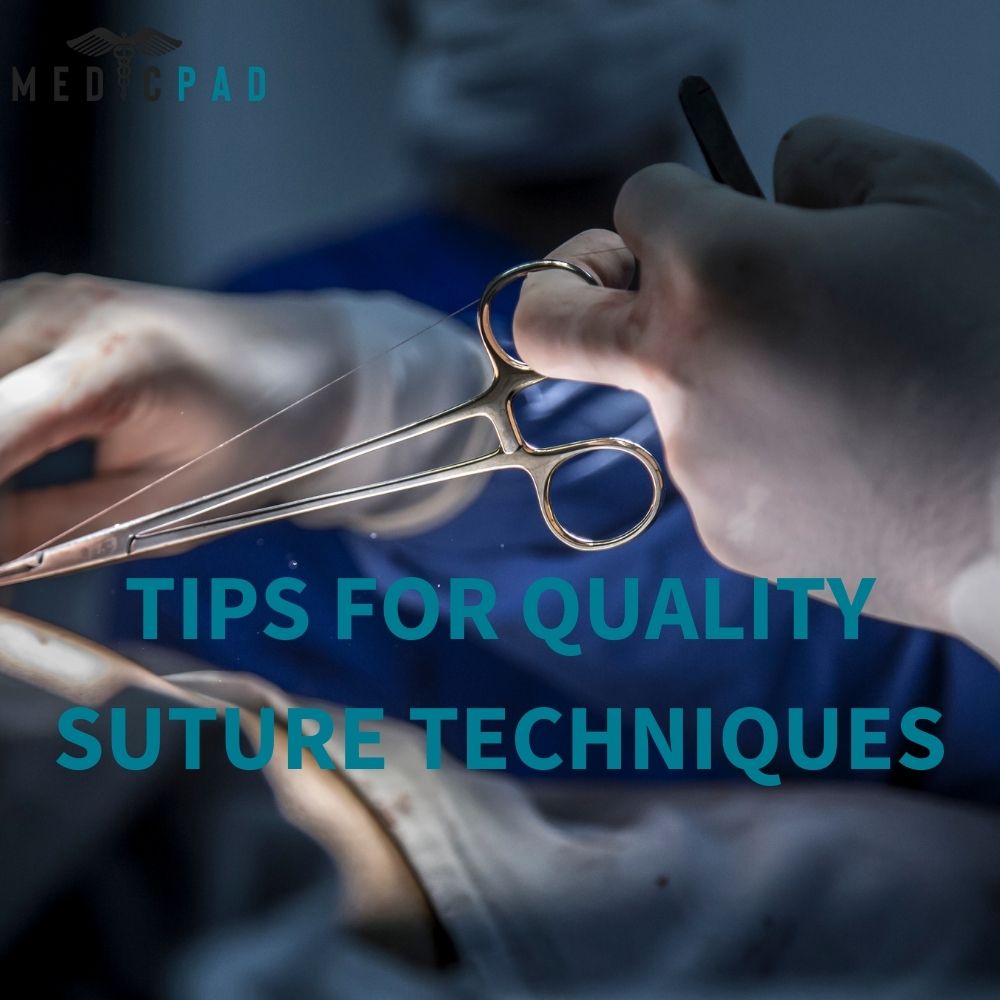Tips for Quality Suture Techniques

A new medical student may question why it is necessary to learn the skill of suturing or why do we even need suture kit? Answer is simple, at some point in their career, every medical professional will require the knowledge of suturing.
The practice of suturing is very old. That is the process of closing the wounds or surgical incisions and is most important for correct healing process. As said, suture kit is a must have for every future medical professional.
Someone would think that suturing is a simple procedure and does not require much preparation, but constant practicing on suture kit is necessary for proper preparation.
What You Need to Know
Here are top tips that every medical student must use in learning and practicing on suture kit to become a master in suturing.
Tip #1: Hygiene is a Priority
Practice cleanliness already on the suture kit. Make it a habit and be extra careful in procedures such as stitching.
When you practice on suture kit imagine that you practice on real human.Also, make sure that all of the equipment is sterilize and ready to use.
Extra tip, while practicing on suture kit always practice with the gloves on. Yes, it is more difficult to suture with gloves, but that is why you have a suture kit. Keep in mind that it will be required when performing actual procedure on humans. Since you’re going to be wearing gloves whenever you suture on real patience, it makes sense to get used to it now when practicing on suture kit.
Tip #2: Precision is a key
Meticulous stitching refers to the fact that the depth and size of suture “bite,” as well as the interval between bites should be equal in length. In other words, the stitch should enter and exit at the same level in the tissues.
Professional suturing assures that the two sides of the skin come together neatly and cleanly in order to prevent infections and bacteria from entering the wound. Also, make sure all the knots of the suture are lined up on the same side for optimal appearance after healing.
Each of the suturing techniques should be practiced until you are confident you can perform the task easily. Two most common are:
-
Continuous sutures involve a series of stitches that use a single strand of suture material. The tip here is to space the stitches evenly so that tension gets distributed evenly along the entire line of sutures.
-
Interrupted sutures use several strands of suture material to close the wound. After a stitch is made, the material is cut and tied off so if one of the stitches breaks, the remainder will still hold the wound together.
Tip #3: Real-Life Suture
Surely the most important tip in learning suturing is to use equipment and suture pad as close to “real life” as possible. That is why we created the best there is.
MedicPad suture kit is designed to replicate the anatomical structure of human tissue including 3 layers: skit, fat & muscle to provide the best human tissue simulation possible.
A suture kit that is designed to replicate the anatomical structure of human tissue as closely as possible is vital for proper practice. Choose MedicPad suture kit because it will provide real-world feel for learning the process of closing wounds with sutures.
Practice Leads to Perfection
Every medical professional knows that the primary goals of suturing are:
-
healing with no infection
-
normal function
-
excellent cosmetic result
Purchase a complete Suture Kit with tools & storage case now to improve the skill of suturing that you will require in your chosen profession.